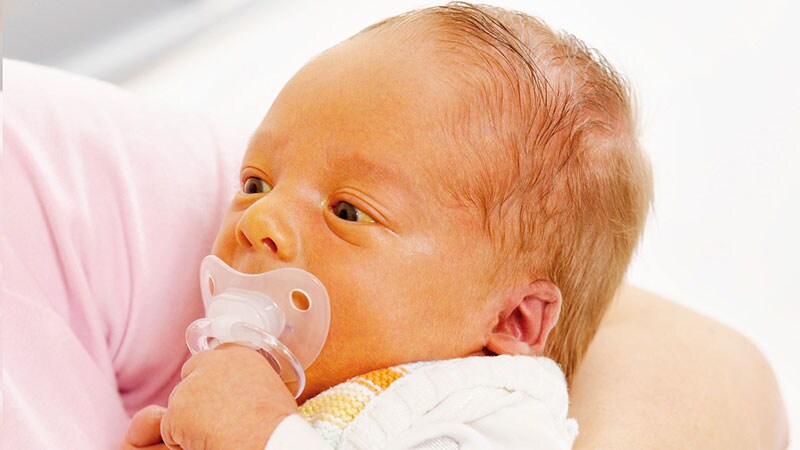핵심 개념
Revised AAP guidelines for managing hyperbilirubinemia in newborns emphasize updated treatment thresholds and risk factors.
초록
The revised AAP Clinical Practice Guideline Revision: Management of Hyperbilirubinemia in the Newborn Infant 35 or More Weeks of Gestation was released in 2022 after 15 years of development. The guidelines focus on updated treatment thresholds and risk factors to prevent bilirubin encephalopathy and kernicterus. Key changes include higher phototherapy thresholds and risk-adjusted curves based on gestational age. The guidelines introduce the concept of "escalation of care" for medical emergencies and emphasize the importance of early and frequent feeding to reduce the need for phototherapy. Practitioners are encouraged to use tools like Bilitool.org to apply the new guidelines effectively.
What's New in the New Jaundice Guidelines?
통계
The revised AAP guidelines reflect new evidence that infants don't typically develop bilirubin neurotoxicity until the total serum bilirubin (TSB) reaches levels well above the previous exchange transfusion threshold.
A rapid rate of rise in bilirubin level, defined as ≥ 0.3 mg/dL per hour in the first 24 hours or ≥ 0.2 mg/dL per hour after the first 24 hours of life, serves as a clinical indicator of hemolysis.
Overall, 13% of African American males and about 4% of African American females have G6PD deficiency, a significant cause of hazardous hyperbilirubinemia.
인용구
"A new term, 'escalation of care,' has been adopted to describe actions to take when the newborn's TSB climbs to within 2 mg/dL of the exchange transfusion threshold — a medical emergency."
"The guidelines emphasize that G6PD is one of the most important causes of hazardous hyperbilirubinemia leading to kernicterus in the United States and worldwide."
핵심 통찰 요약
by Michelle I. ... 게시일 www.medscape.com 06-26-2023
https://www.medscape.com/viewarticle/993600
더 깊은 질문
How can the new guidelines impact the standard of care for newborns with hyperbilirubinemia?
The new guidelines can significantly impact the standard of care for newborns with hyperbilirubinemia by providing updated and evidence-based thresholds for phototherapy and exchange transfusion. By incorporating risk-adjusted phototherapy thresholds based on gestational age and neurotoxicity risk factors, clinicians can more accurately identify infants at risk for bilirubin neurotoxicity and kernicterus. The introduction of the term "escalation of care" for infants nearing the exchange transfusion threshold emphasizes the importance of timely and appropriate interventions in cases of severe hyperbilirubinemia. Additionally, the emphasis on transcutaneous bilirubin measurements as a screening tool and the revised follow-up recommendations based on bilirubin levels provide a structured approach to monitoring and managing hyperbilirubinemia in newborns.
What potential challenges or criticisms might arise from implementing the updated treatment thresholds and risk factors?
One potential challenge that may arise from implementing the updated treatment thresholds and risk factors is the need for healthcare providers to familiarize themselves with the new guidelines and adjust their clinical practices accordingly. Clinicians who are accustomed to previous guidelines may face a learning curve in understanding the rationale behind the updated thresholds and risk factors. Additionally, there may be concerns about the practicality of risk-adjusted phototherapy thresholds and the potential for variability in their application across different healthcare settings. Criticisms could also arise regarding the reliance on specific risk factors for determining treatment decisions, as some clinicians may question the accuracy or consistency of identifying neurotoxicity risks in newborns with hyperbilirubinemia.
How does the emphasis on early and frequent feeding align with broader initiatives to improve neonatal care?
The emphasis on early and frequent feeding in the context of managing hyperbilirubinemia aligns with broader initiatives to improve neonatal care by promoting optimal nutrition and supporting infant health and development. Early and frequent feeding, recommended at a rate of 8-12 times in 24 hours, not only helps prevent dehydration and promote weight gain but also aids in reducing the risk of hyperbilirubinemia by enhancing bilirubin excretion through stool. This initiative supports the overall well-being of newborns by ensuring they receive essential nutrients, promoting bonding between the infant and caregiver, and potentially reducing the need for interventions such as phototherapy or exchange transfusion. By integrating feeding practices into neonatal care protocols, healthcare providers can contribute to improved outcomes and better long-term health for newborns.
0
